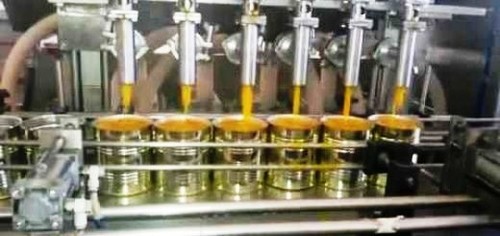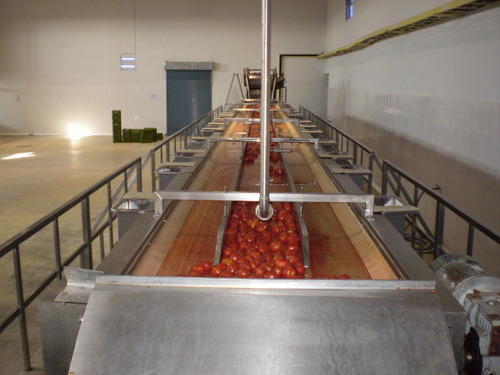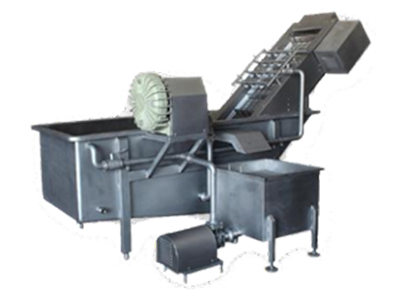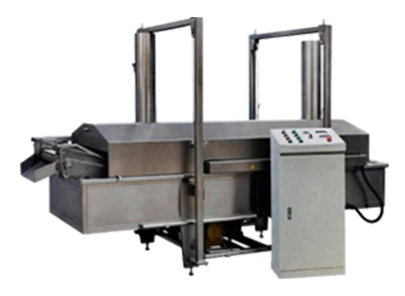Choosing the right equipment for a mango pulp processing line is crucial. A suitable choice can ensure efficient production, high-quality output, and long-term profitability. A wide variety of machinery is available on the market. Understanding the factors influencing the selection process can make all the difference for manufacturers.
How to Select the Best Mango Pulp Processing Equipment?
Here are some key considerations when choosing equipment for your mango pulp processing line:
- Production Scale and Capacity: The first step is determining the production scale. Whether you are setting up a small-scale operation or a large industrial plant, the capacity of each piece of mango pulp processing line equipment in India must align with your expected output. For smaller operations, compact machinery with lower capacity might be sufficient. However, for larger-scale operations, investing in high-capacity equipment is necessary. It can significantly increase throughput and reduce processing time.
- Quality and Type of Mangoes Being Processed: Different varieties of mangoes may require specific handling. It is needed to retain the best flavour and quality. Consider equipment that can handle the particular variety you are processing. Consider vital factors like pulp consistency, fibre content, and sugar levels. Some machines are adjustable to accommodate these differences. It ensures the final product meets the desired standards.

- Technology and Automation Level: Modern mango pulp processing lines offer a range of technology options. These include manual machinery and fully automated systems. Automation can enhance efficiency, reduce labour costs, and ensure consistent product quality. Automated equipment like sorting machines, pulpers, pasteurisers, and filling machines can streamline the process. However, manual options might be better for small-scale producers with more budget constraints.
- Ease of Maintenance and Durability: High-quality, durable equipment can minimise downtime. It ensures a smooth operation of the processing line. Opt for machinery made from stainless steel and other food-grade materials. These are resistant to corrosion and easy to clean. Regular maintenance is essential so equipment that is easy to disassemble. Proper servicing can save both time and money in the long run.
- Energy Efficiency and Sustainability: Energy-efficient machinery not only reduces operational costs. It also aligns with sustainable production practices. Look for equipment with energy-saving features. These include low-power motors and efficient heating systems for pasteurisation. Additionally, some equipment manufacturers offer eco-friendly designs. It will reduce water usage and waste and become a better choice for environmentally conscious producers.
Choosing the right equipment for a mango pulp processing line is vital. For a better choice, you can visit GEM Foodtech. We are a leading name for mango pulp processing equipment in India. Our tools offer efficiency and optimum functionality. For more details, visit our website today.









